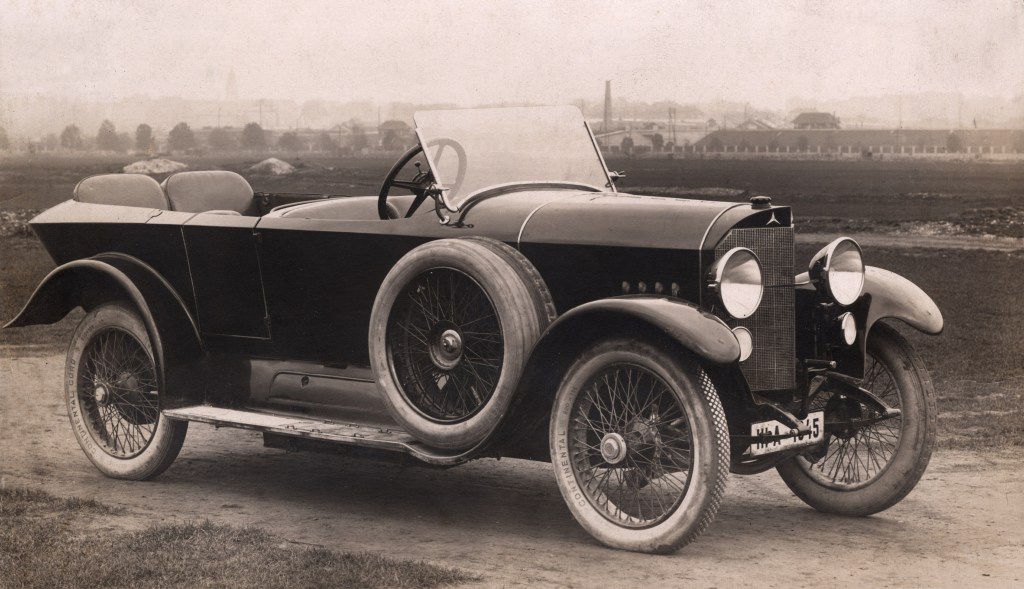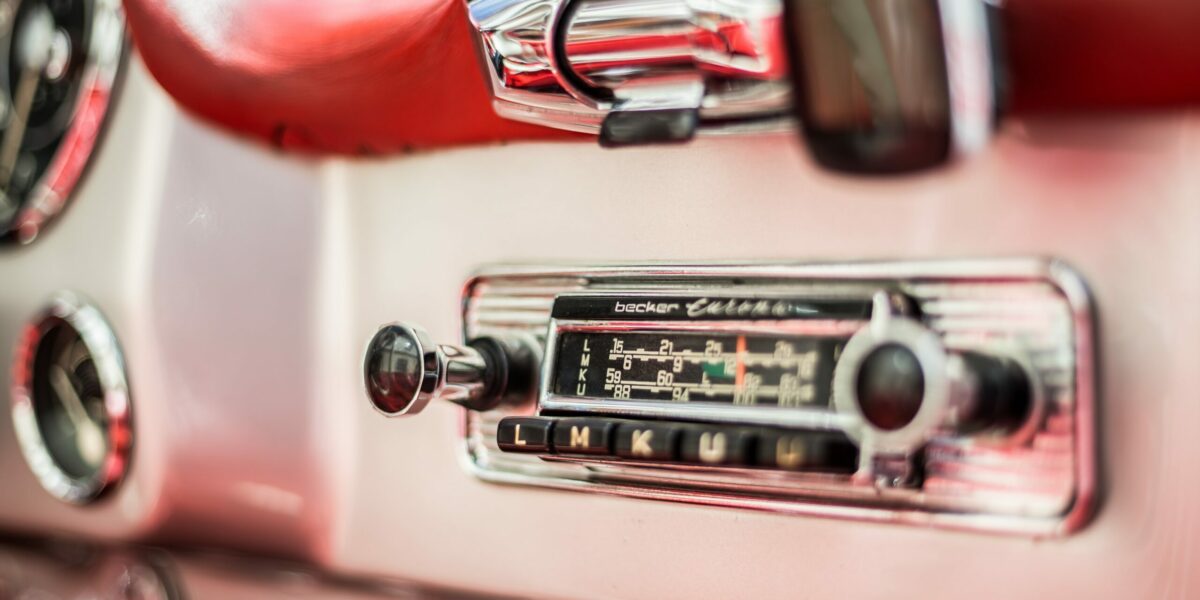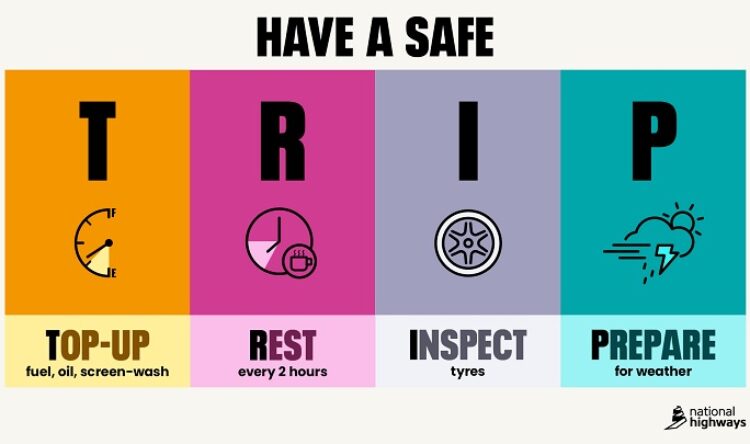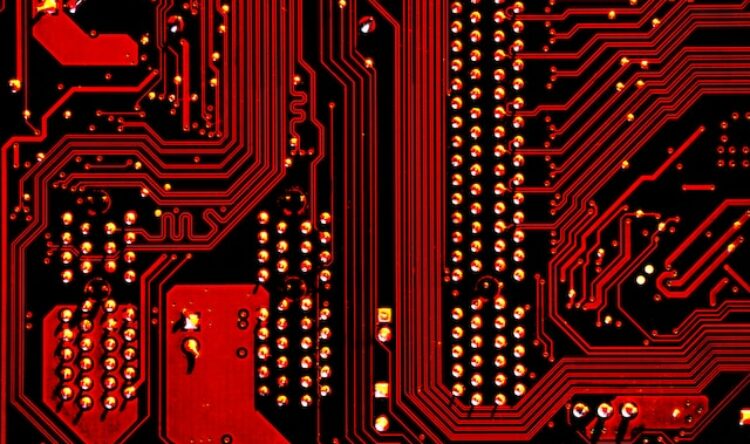Then there was sound
100 years since the introduction of in-car entertainment systems
Nearly 100 years ago, a technology trial by a leading German car maker and a British telecommunications firm sowed the seed for the advanced in-car audio systems we now take for granted.
London calling
The Times newspaper recently published one of its articles from October 1922. It looks at how Daimler and Marconi set up a joint venture to introduce “wireless concerts” into cars as they were being driven.
Guglielmo Marconi, an Italian, proved that radio waves could be transmitted long distances. It was used as a messaging system and, by the turn of the century, Marconi was able to transmit across the Atlantic ocean. In 1909 Marconi and Karl Ferdinand Braun were awarded the 1909 Nobel Prize for Physics for their developments in “wireless telegraphy”.
The sinking of the Titanic in 1912 brought greater notoriety to Marconi. The radio operators were employees of his company rather than the White Star Line that owned the ship. It was their SOS messages that alerted the RMS Carpathia to the Titanic’s sinking, and allowed them to change course towards the disaster. Marconi’s radios were credited with saving the lives of the survivors.
However, it took another 10 years, following the First World War, for car makers to get involved. It was Daimler that first realised the potential of allowing its customers to tune into radio broadcasts while on the move.
Motoring momentum
Pictured below is a Daimler Mercedes 10/40/65 hp from 1922. This type of car was probably used in the trials, though anyone with a convertible will tell you it has a negative affect on listening quality. The two cars taking part in the London experiment were both closed-topped and fitted with large aerials. Inside was receiving equipment bulky enough to take up the same room as a passenger. It wasn’t the subtle, sleek touch screen entertainment screen we’re used to now!

To hear the wireless transmissions, occupants had to use “ear telephones”. Loudspeakers could be integrated into the vehicles themselves even then, but these initial trials did without.
Safety station
Today we have connected cars with multiple speaker set-ups and able to access to digital radio stations. Drivers can use voice commands to stream any song they desire over high-speed 5G networks (what would Marconi think of that?). Still, it was these early “wireless” experiments that sparked the revolution in in-car entertainment that now sees no boundaries too.
Unfortunately, the new technology does not necessarily sit well with road safety professionals. Distraction is a serious issue for drivers. The increasing in-car connectivity provides great access and convenience, allowing journey to be more entertaining, even educational. But they are also accused of encouraging drivers to concentrate more on the atmosphere inside the car than what’s going on outside.
However, I think few of us would disagree that the integration of radio and music in the car on journey has been a blessing too. As with everything, use with care.
You can read the full article here, as well as the original 1920 report.







